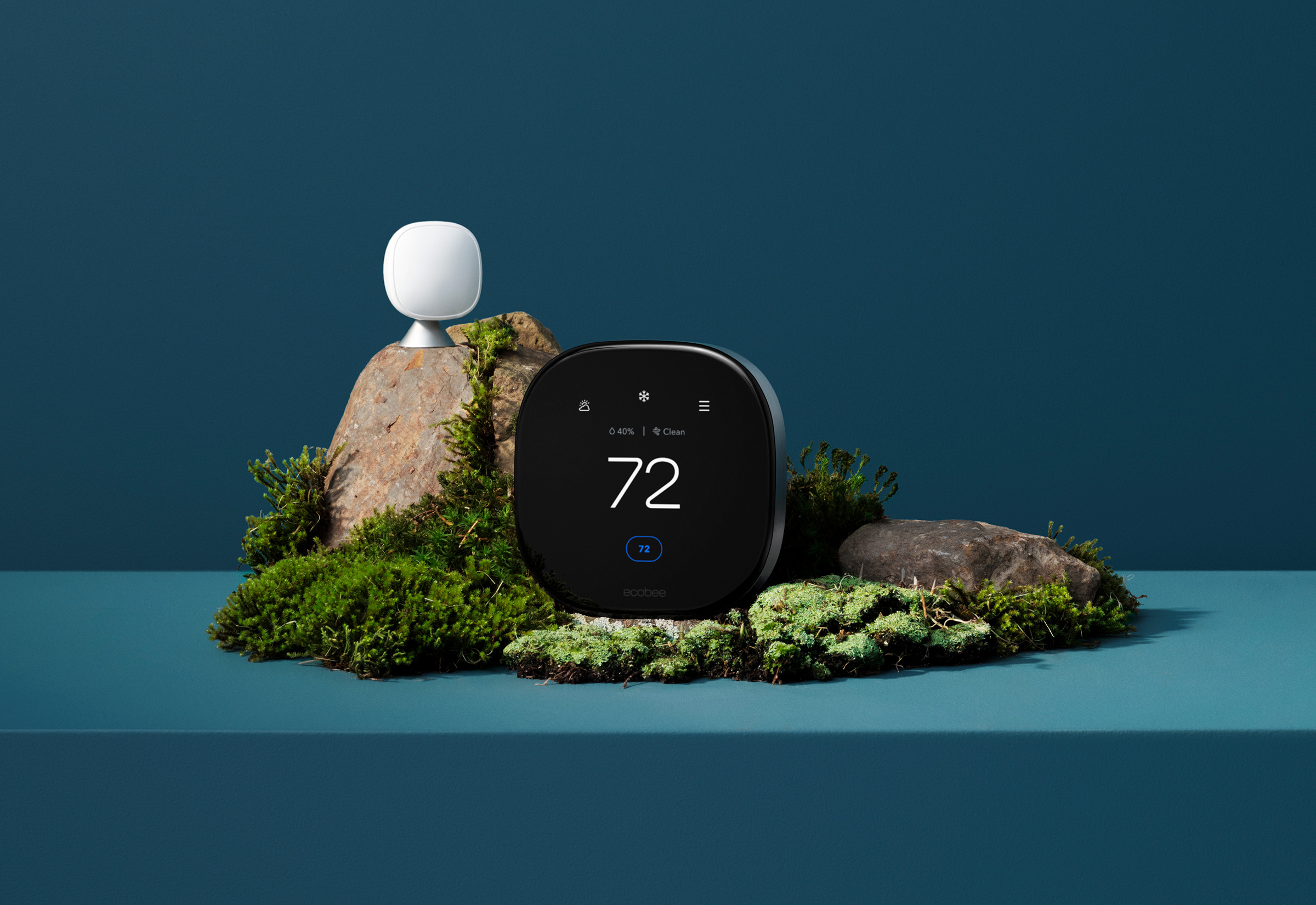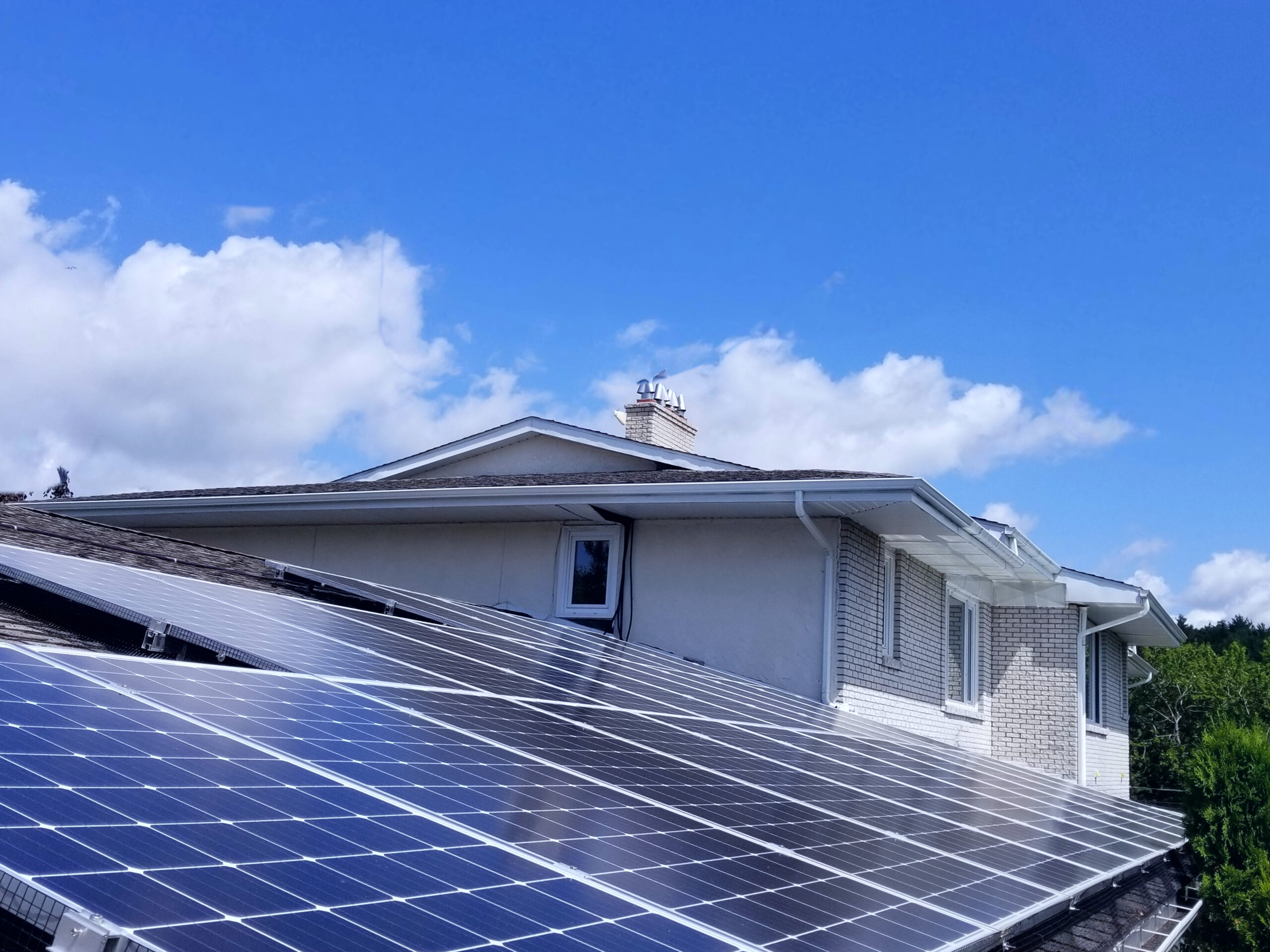Lower Your Energy Bills With Smart Thermostat Optimization
Editor's Note: "Lower Your Energy Bills With Smart Thermostat Optimization" was published on February 7, 2023. This topic is especially relevant today because of the rising cost of energy. Smart thermostats can help you save money on your energy bills by automatically adjusting the temperature in your home based on your schedule and preferences.
We understand that making the right decision can be difficult, so we've done the analysis and dug into the details. In this guide, we'll provide you with everything you need to know about "Lower Your Energy Bills With Smart Thermostat Optimization" so that you can make an informed decision.
Key Differences:
| Feature | Traditional Thermostat | Smart Thermostat |
|---|---|---|
| Temperature Control | Manual adjustment only | Automatic adjustment based on schedule and preferences |
| Energy Savings | Limited | Significant |
| Cost | Lower upfront cost | Higher upfront cost, but can save money over time |
Main Article Topics:
FAQ
The Lower Your Energy Bills With Smart Thermostat Optimization guide offers practical tips and tricks to help homeowners optimize their smart thermostats for energy efficiency. This FAQ section addresses common questions and misconceptions to further clarify the subject matter.
Question 1: How do smart thermostats contribute to energy savings?
Smart thermostats utilize algorithms and automation to adjust indoor temperatures based on occupancy, preferences, and weather patterns. By reducing unnecessary heating or cooling, they optimize energy consumption and lower utility bills.
Question 2: What is the best way to set up a smart thermostat for energy efficiency?
For optimal savings, set target temperatures strategically. For heating, aim for 68°F when home and 62°F when away or asleep. For cooling, target 78°F when home and 85°F when away or asleep. Additionally, leverage the "scheduling" feature to automate temperature adjustments throughout the day and night.
Question 3: How often should I adjust the temperature on my smart thermostat?
Frequent manual adjustments can disrupt the thermostat's learning algorithm. Instead, make gradual changes over time if necessary, giving the device time to adapt. Avoid drastic shifts that can lead to energy waste and discomfort.
Question 4: Can smart thermostats work with all HVAC systems?
Compatibility varies depending on the thermostat and HVAC system. Consult the manufacturer's specifications or a qualified HVAC technician to ensure compatibility before installation.
Question 5: How do I know if my smart thermostat is functioning correctly?
Monitor the thermostat's operation through its app or display. Ensure it accurately adjusts temperatures, follows schedules, and learns from usage patterns. If any irregularities arise, refer to the manufacturer's troubleshooting guide or contact a professional.
Question 6: What are some additional tips to maximize energy savings with a smart thermostat?
Utilize geofencing features to automatically adjust temperatures when you leave or return home. Enable smart home integrations to control the thermostat via voice assistants or other devices. Consider enrolling in utility demand response programs that offer financial incentives for reducing energy consumption during peak hours.
In conclusion, optimizing smart thermostats involves careful setup, consistent scheduling, and intelligent use. By addressing common concerns and offering practical advice, this FAQ empowers homeowners to make informed decisions and harness the full energy-saving potential of their smart thermostats.

Ecobee Smart Thermostat Premium: The 200 Best Inventions of 2022 | TIME - Source time.com
For further insights and expert recommendations, refer to the comprehensive Lower Your Energy Bills With Smart Thermostat Optimization guide.
Tips by "Lower Your Energy Bills With Smart Thermostat Optimization"
Smart thermostats are an effective way to lower energy bills. With their advanced features and programmability, these devices can be optimized to reduce energy consumption while maintaining desired comfort levels. Here are some tips on how to get the most out of your smart thermostat and lower your utility costs:
Tip 1: Implement a Daily Schedule:
Create a heating and cooling schedule that aligns with your daily routine. Set the thermostat to energy-saving mode when you're away or sleeping. This will prevent unnecessary heating or cooling while still maintaining comfortable temperatures when you're present.
Tip 2: Adjust Set Points:
Reduce the thermostat set point by 2-3 degrees in winter and increase it by the same amount in summer. This slight adjustment can have a significant impact on energy consumption without sacrificing comfort.
Tip 3: Use Smart Geofencing:
Smart thermostats can use geofencing technology to automatically adjust the temperature based on your location. This feature ensures that your home is heated or cooled only when you're present, further reducing energy waste.
Tip 4: Utilize Smart HVAC Systems:
If your smart thermostat is paired with an HVAC system, you can access advanced features such as variable-speed fans and zoned heating/cooling. These systems optimize energy consumption by adjusting airflow and distributing temperature more efficiently.
Tip 5: Monitor Energy Usage:
Most smart thermostats provide detailed energy usage reports. Regularly review these reports to identify areas where you can further reduce energy consumption. This data-driven approach helps you make informed adjustments to your thermostat settings.
Tip 6: Consider Equipment Upgrades:
If your HVAC equipment is old or inefficient, upgrading to a newer model with a high SEER (Seasonal Energy Efficiency Ratio) rating can significantly lower your energy consumption and utility bills.
Tip 7: Enable Vacation Mode:
When you're going away on vacation, put your thermostat in vacation mode. This mode maintains a set temperature regardless of the outside conditions, ensuring minimal energy waste while you're away.
Tip 8: Perform Regular Maintenance:
Regular maintenance is crucial for the proper functioning of your smart thermostat. Change the batteries or recharge the device as needed. Additionally, have your HVAC system inspected and maintained by a qualified technician to ensure optimal efficiency.
In conclusion, optimizing your smart thermostat with these tips can lead to substantial energy savings. By implementing a daily schedule, adjusting set points, using smart geofencing, and monitoring energy usage, you can create a more energy-efficient home without sacrificing comfort. Regular maintenance and prudent equipment upgrades further enhance the effectiveness of these measures.
Lower Your Energy Bills With Smart Thermostat Optimization
Optimizing your smart thermostat can significantly reduce energy consumption and lower your energy bills. Here are six key aspects to consider:
- Scheduling: Program your thermostat to adjust temperatures automatically based on your daily routine.
- Remote Control: Adjust temperatures remotely using a smartphone app, allowing for adjustments even when away.
- Motion Detection: Some thermostats use motion sensors to detect occupancy and adjust temperatures accordingly.
- Geofencing: Use GPS to automatically adjust temperatures when you leave or return home.
- Weather Integration: Smart thermostats can adjust temperatures based on weather conditions, reducing energy use during extreme temperatures.
- Energy Monitoring: Monitor energy consumption through the thermostat's app, providing insights for further optimization.

How Solar Panels Can Lower Your Energy Bills and Boost Savings - Source atlanticsolar.ca
By leveraging these aspects, smart thermostat optimization can effectively lower energy bills. For instance, scheduling temperatures lower at night and when away can lead to substantial savings. Remote control and weather integration ensure optimal temperatures while considering external factors. Additionally, energy monitoring empowers users to track their consumption and make informed adjustments.
Lower Your Energy Bills With Smart Thermostat Optimization
Smart thermostats are becoming increasingly popular as a way to lower energy bills. By automating the temperature settings in your home, these devices can help you save money on your heating and cooling costs. However, properly optimizing your smart thermostat is key to getting the most out of its energy-saving capabilities.

Create a Spa-Like Oasis In Your Springfield MA Home - Peoples Products - Source peoplesproducts.com
There are a few key things to keep in mind when optimizing your smart thermostat. First, you'll need to decide what temperature you want to keep your home at when you're away or asleep. This is typically a few degrees cooler than your normal daytime temperature. You can then set your smart thermostat to automatically adjust to these temperatures when you're not home or when you go to bed.
Another important thing to consider when optimizing your smart thermostat is the use of geofencing. Geofencing allows your thermostat to track your location and automatically adjust the temperature when you're not home. This can be a great way to save energy if you're frequently away from home for extended periods of time.
By following these tips, you can optimize your smart thermostat to save energy and lower your energy bills. Here are some real-life examples of how smart thermostats have helped people save money:
- One family in California saved over $200 per year on their energy bills after installing a smart thermostat.
- A business in New York City saved over $1,000 per year on their energy bills after installing smart thermostats in all of their offices.
- A school district in Texas saved over $50,000 per year on their energy bills after installing smart thermostats in all of their schools.
These are just a few examples of how smart thermostats can help you save money on your energy bills. By properly optimizing your smart thermostat, you can find the perfect balance of comfort and savings for your home or business.
Table: Key Benefits of Smart Thermostat Optimization
| Benefit | Explanation |
|---|---|
| Reduced energy consumption | Smart thermostats can help you save money on your energy bills by reducing the amount of energy you use to heat and cool your home. |
| Increased comfort | Smart thermostats can help you keep your home more comfortable by automatically adjusting the temperature to your desired settings. |
| Convenience | Smart thermostats are easy to use and can be controlled from anywhere with an internet connection. |